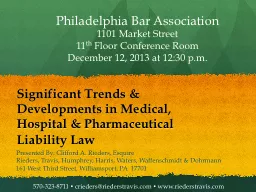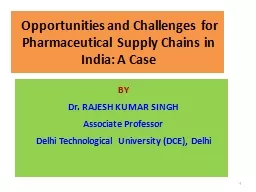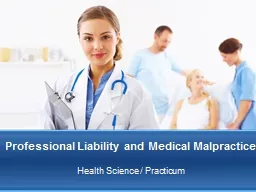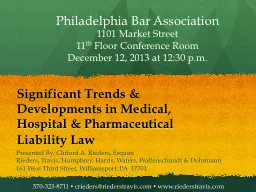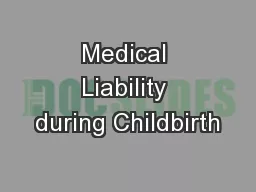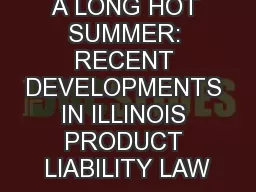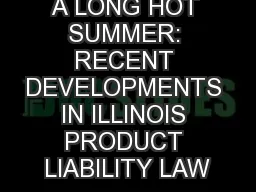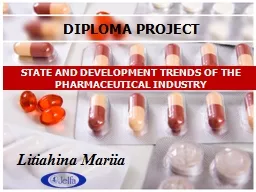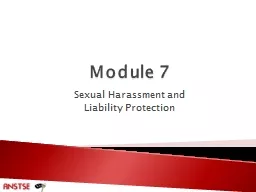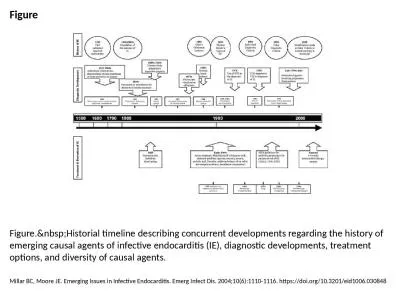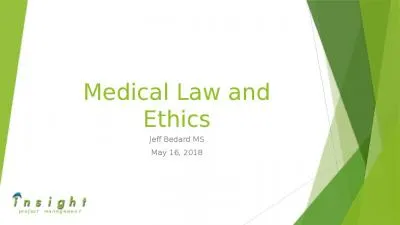PPT-Significant Trends & Developments in Medical, Hospital & Pharmaceutical Liability
Author : yoshiko-marsland | Published Date : 2018-02-26
Presented By Clifford A Rieders Esquire Rieders Travis Humphrey Harris Waters Waffenschmidt amp Dohrmann 161 West Third Street Williamsport PA 17701 Philadelphia
Presentation Embed Code
Download Presentation
Download Presentation The PPT/PDF document "Significant Trends & Developments in..." is the property of its rightful owner. Permission is granted to download and print the materials on this website for personal, non-commercial use only, and to display it on your personal computer provided you do not modify the materials and that you retain all copyright notices contained in the materials. By downloading content from our website, you accept the terms of this agreement.
Significant Trends & Developments in Medical, Hospital & Pharmaceutical Liability: Transcript
Download Rules Of Document
"Significant Trends & Developments in Medical, Hospital & Pharmaceutical Liability"The content belongs to its owner. You may download and print it for personal use, without modification, and keep all copyright notices. By downloading, you agree to these terms.
Related Documents

